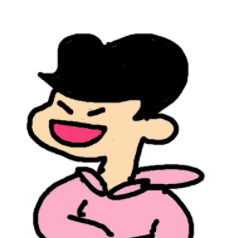struct Pos
{
Pos()
{
}
Pos(int y, int x)
{
this->y = y;
this->x = x;
}
int y;
int x;
};
void solution(int N, int M);
int bfs(int N, int M, Pos& currPos);
bool canGo(Pos& nextPos, int N, int M);
int graph[101][101] = {};
bool visited[101][101] = {};
Pos surround[4] = { {-1, 0},{1, 0},
{0,-1},{0,1}};
int main()
{
int N, M, K;
cin >> M >> N >> K;
for (int i = 0; i < K; ++i)
{
Pos leftBehindPos , rightUpPos;
cin >> leftBehindPos.x >> leftBehindPos.y;
cin >> rightUpPos.x >> rightUpPos.y;
for (int y = leftBehindPos.y; y < rightUpPos.y; y++)
for (int x = leftBehindPos.x; x < rightUpPos.x; x++)
graph[y][x] = 1;
}
solution(M, N);
}
void solution(int M, int N )
{
vector<int> result;
for (int y = 0; y < M; y++)
for (int x = 0; x < N; x++)
{
Pos nextPos = { y, x };
if (canGo(nextPos, M, N) && !visited[nextPos.y][nextPos.x])
{
result.push_back(bfs(M, N, nextPos));
}
}
sort(result.begin(), result.end());
cout << result.size() << "\n";
for_each(result.begin(), result.end(), [](int x) {cout << x << " "; });
}
int bfs(int N, int M, Pos& currPos)
{
int area = 0;
queue<Pos> q;
q.push(currPos);
visited[currPos.y][currPos.x] = true;
area++;
while (!q.empty())
{
Pos currPos = q.front();
q.pop();
for (Pos& surr : surround)
{
Pos nextPos = { currPos.y + surr.y , currPos.x + surr.x };
if (canGo(nextPos, N, M) && !visited[nextPos.y][nextPos.x])
{
q.push(nextPos);
visited[nextPos.y][nextPos.x] = true;
area++;
}
}
}
return area;
}
bool canGo(Pos& nextPos,int N, int M)
{
if (nextPos.y < 0 || N <= nextPos.y)
return false;
if (nextPos.x < 0 || M <= nextPos.x)
return false;
// 1 이면 도형으로 칠해진 경우
if (graph[nextPos.y][nextPos.x] == 1)
return false;
if (graph[nextPos.y][nextPos.x] == 0)
return true;
return false;
}
![[no-alignment]](https://happyobo.github.io/assets/images/post-programmers/38.png)
![[no-alignment]](https://happyobo.github.io/assets/images/post-programmers/39.png)
